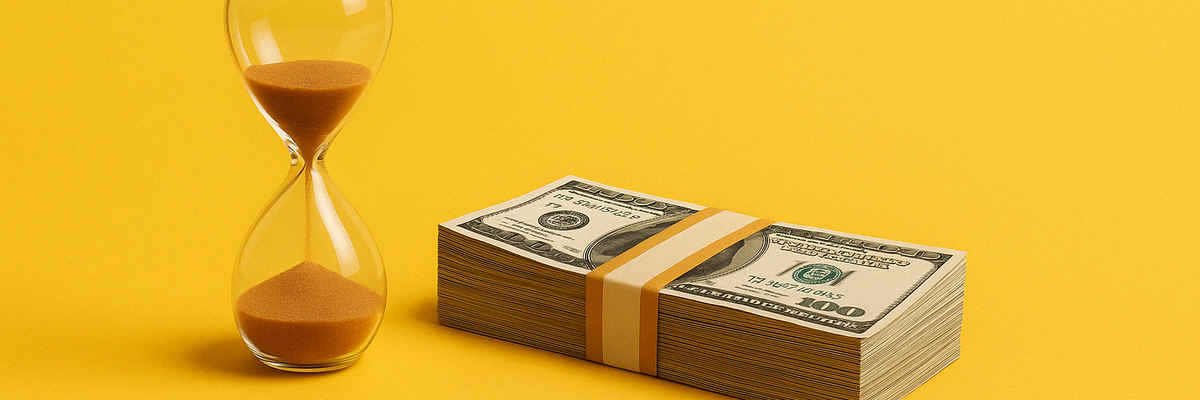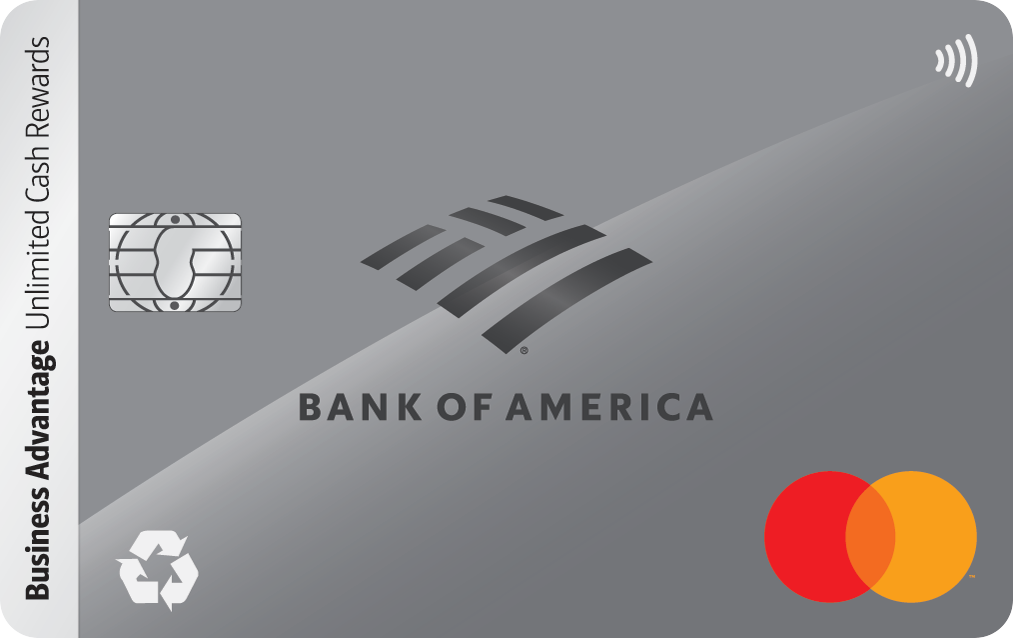How Much Money Do You Need in Savings to Get Through a Recession?

KEY POINTS
- During the 2008 financial crisis, the median unemployment spell lasted over 25 weeks (almost six months).
- Dropping to a barebones budget can stretch your emergency funds.
- A high-yield savings account helps you earn far more interest than average.
Right now, I have about $25,000 sitting in a high-yield savings account earning 4.50% interest. If I lost my income tomorrow, that cash pile would help cover my family's bills, groceries, and other expenses without going into debt.
But is it enough to protect me in a recession? What's the ideal savings number to help us ride out a lengthy rough patch?
A six-month buffer is ideal
If you lost your job today, how long would it take to find another one?
In a strong economy, it could be fairly quick. You might land a new gig within a month or two, or pick up some freelance or side work to keep money flowing.
But during a recession, when layoffs spike and hiring slows, finding work could take much longer.
In fact, during the 2007-2009 Great Recession, the median unemployment period was 25.2 weeks (nearly six months), according to the Bureau of Labor Statistics. And when jobs are scarce, even gig work can dry up.
That's why personal finance expert Robert Brokamp recommends folks lean toward a larger savings cushion:
The standard advice is three to six months' worth of expenses. I tend to favor the latter, especially if you have kids and/or a mortgage.Robert Brokamp, Certified Financial Planner® and Senior Advisor at The Motley Fool
Basically, saving six months of expenses gives you more time to find a job if the economy goes south.
Here's what six months of savings looks like at different spending levels:
| Monthly Expenses | Savings Goal |
|---|---|
| $3,000 | $18,000 |
| $5,000 | $30,000 |
| $7,000 | $42,000 |
| $10,000 | $60,000 |
Where to keep your emergency savings
This part matters more than most people think.
Keeping your emergency fund in a safe place that's easy to access is important. But you also want to earn maximum interest on your cash.
That's why a high-yield savings account (HYSA) is the best spot. HYSAs earn about 10 times the national average APY. And today's top accounts are offering rates up to 4.40%.
HYSAs are also FDIC insured, up to $250,000 per depositor. So you can relax knowing your money is federally protected, even if the bank you're with goes out of business.
Don't have an HYSA yet? Check out the Barclays Tiered Savings account. You can earn 3.85% APY on all balances under $250,000 (and slightly more on higher balances), all with no account fees or minimums.
A barebones budget can help
My wife and I usually spend about $6,000 to $7,000 per month. So, at our normal spending rate, our $25,000 emergency fund would last us around three to four months.
But here's the thing. If I actually lost my job and couldn't find work right away, we could tighten up our spending quite a bit. We could pause travel, cut subscriptions, and put a temporary freeze on non-essentials. That would shrink our monthly spending significantly, maybe to $4,500 per month. Our emergency fund would last us closer to six months then.
This stripped-down version of our expenses is called a barebones budget. It's a super useful tool to have in your back pocket.
Pro tip: Some banks offer built-in budgeting tools that help you track your spending and flag unnecessary expenses that can be cut fast.
Tips to build up your recession fund faster
If you don't have a full six months of savings currently, here are a few moves that can get you there faster:
- Set up automatic transfers. Each payday, move a bit of money from your checking account into savings. Then you'll be stashing money without even thinking about it.
- Save any windfalls. Bonuses, tax refunds, or birthday cash from grandma…put it all right toward your savings goal.
- Cut back temporarily. Skipping one dinner out per week could save you $200 a month or more. Believe me, the sacrifice will be worth it when you're sitting on a full emergency fund.
- Get the highest APY you can. Park your savings in an HYSA with one of the best available APYs. All that interest helps your fund grow faster.
Progress feels slow at first, but momentum builds fast.
Recessions are unpredictable. Having a solid cash cushion means you don't need to panic-sell investments or swipe a credit card when life gets rocky.
So whether your number is $5,000 or $50,000, start stacking that fund today. The peace of mind is worth every penny.
No one ever regrets having extra cash in a crisis. Explore the top high-yield savings accounts today and start earning up to 4.40% APY, with zero risk and full liquidity.
Our Research Expert


